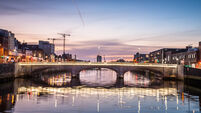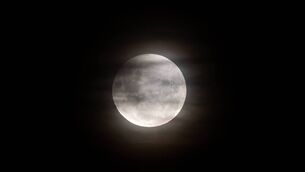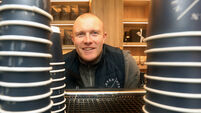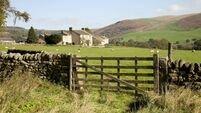Coolmore Stud is an Irish success story we should show to the world
Her royal family has long had a passionate interest in horse racing and horse breeding, so what better place to indulge that love but in Ireland?
There is tradition in that regard, going beyond the regular meetings with Irish people that the queen has had on racecourses in England. Her grandfather, George V, on the last visit of a British monarch to what subsequently became the 26 counties of the Irish Republic, went to a race meeting at the Phoenix Park track (a venue closed now just over 20 years). There has been speculation that the queen may go to races at Punchestown although whether this coincides with her schedule — or would be convenient to fit with security issues — is unlikely apparently.











